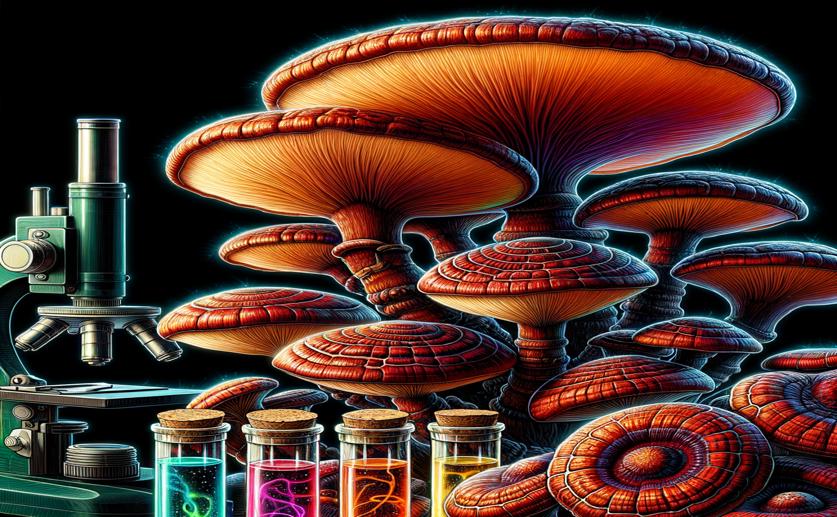
Creating Cancer-Fighting Compounds from Reishi Mushroom Extracts
Jenn Hoskins
5th June, 2024

Image Source: Natural Science News, 2024
Key Findings
- The study from Hebei University synthesized four Ganoderma triterpenoids (GTs) from lanosterol
- Endertiin B, one of the GTs, showed strong inhibitory effects on breast cancer cells
- Endertiin B halted cancer cell growth by affecting proteins that control the cell cycle and apoptosis
References
Main Study
1) Semisynthesis and antitumor activity of endertiin B and related triterpenoids from Ganoderma lucidum.
Published 4th June, 2024
https://doi.org/10.1039/d4ob00641k
Related Studies
2) A Review of Ganoderma Triterpenoids and Their Bioactivities.
3) Identification of existing pharmaceuticals and herbal medicines as inhibitors of SARS-CoV-2 infection.
4) Inhibitory effect on NO production of triterpenes from the fruiting bodies of Ganoderma lucidum.



 25th February, 2024 | Jim Crocker
25th February, 2024 | Jim Crocker